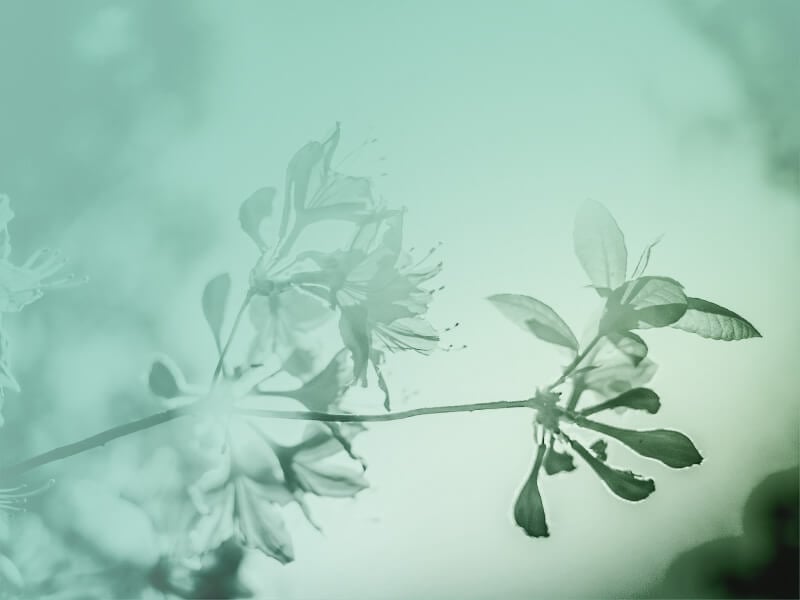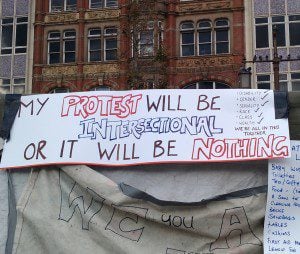Lets start with a headscarf, or scarves, so that you get some idea of Bethlehem.
I know that I could talk about the giant, ugly, and much despised wall that Israel has built for its own security, yet which also turns Bethlehem into an apparent prison. The irony being that it also surrounds the tomb of Rachel – so that what was once a lovely site for Hassidic Jews to visit is now enclosed by a huge concrete box topped by barbed wire – with an entrance on the Israel side.
Or I could talk about the city itself, which appears to be thriving despite high unemployment. Indeed it looks better than I’ve seen in 20 years from both a physical standpoint. Everywhere older houses are being faced in “Jerusalem stone” or as well call it in Texas “Austin chalk.” And new houses are going up as well. I could get nostalgic about the Star hotel, with its great views from rooms lacking even the most basic amenities (hot water, working power plugs) and last painted in the 1950’s. Now they’ve renovated the whole thing! They even got rid of the soviet trained desk clerk who looked out sullenly from behind a glass enclosure and reluctantly handed you your room key in exchange for your passport.
But instead let’s consider first the young Christian women of Bethlehem, whom our guide allowed were the prettiest in Palestine. “If only I could find one about 38 years old and healthy.” for a second wife. His comments on women the previous three days were sufficient to help us understand why the first one had left him.
These women do not cover their hair, nor cut it short, so you can see that it is plentiful even when tamed by a brush. Which I note only so you realize what Muslim women have to work with from a sculpting point of view as they determine what style of scarf they wish to wear.
Thus one stunning example, which we saw in several variations, was worn by a young woman wearing leggings covered by a short dress with a high neck and long sleeves. Her scarf, a vibrant green, was fastened severely around her face – emphasizing her fair skin, dark etched eyebrows, blue green eyeshadow, and red lipstick. Draped over her shoulders and covering her neck the scarf swept back and sideways from her head to nearly the width of her shoulders, almost like two great ears, before falling modestly well down her back. Supported by unseen hair and buttressed by folds and tiny jeweled pins it was a work of art – and must have take some serious time to put together.
The framing of the face is, of course, critical to the aesthetics of the head scarf. Some women wrapped the scarf virtually to the edges of the eyes and right to the edge of the chin to give their face a tiny almost pixy like appearance. Others wrapped it back by the ears and down the neck to make their faces rounder and less angular.
Hair apparently tied up high under a scarf pulled directly back from the face gave the opposite effect of the elephant ear scarf we first saw – creating a coronet. Other variations compromised and could frame a round face in a soft square, circle, or oval of fabric. Or experimented with various ways of draping the shoulders (mostly to the left or right, centered, and folded into a series of soft pleats.) Colors ranged across the the range of dark primary colors and even included plaids. Needless to say the necessity of pins gave great scope for accessorizing – with a variety of broaches at the neck. (This latter more common older women.)
In short one can do with a headscarf just about anything one can do with hair, and the scarf boutique is the hair dressing salon of their part Muslim world. (Although there are plenty of regular salons as well.)
At the university? Well those elaborate scarves were worn above skinny jeans and long sleeve t-shirts of various colors. (a relative few topping more modest outfits.) In this cold weather worn with high heeled boots and a black, belted, knee length coat.
The meaning – completely opposite all those sectarian hats in Jerusalem. These women were one with the young men who rather modestly attended to them with a nod of the head or a sideways glance of the eye. All members of the cult of fashion and the desire to look good to one’s peers.
In the afternoon a portion of our group left Bethlehem to walk on the Battir track. It is a hiking trail down a lovely valley just outside of Bethlehem. We descended down from the main road across a portion of what is known as Area C – an area that is part of the Palestinian territory but controlled by the Israeli military. And in this case frozen since the Oslo accords with no new building allowed. The only thing that leaves this valley of terraced olive fields and ancient caves intact.
For two hours we walked, descending into the valley and walking along the minuscule stream that flows through it. It looked for all the world like the hill country of Texas south of Fredericksburg, except for the olive trees. We passed terraces built up first in the stone age, and small caves that could have sheltered a goat herder from the time of Jacob. The olive groves are clearly tended, but for three hours we had quiet and isolation. One of the rarest things in this overcrowded place.
Ascending we came up to an ill kept road that led to Battir village – and another fabulous surprise. The village itself clings to the hillside and apart from the road its houses are reached primarily by stairs. In a crease in the hillside, perhaps a 1/4 mile across, terraces covered with green garden vegetables run down to the valley floor. They are watered from a spring flowing directly out of the rock into a series of pools and small culverts and thence along the terraces. As they have since the Romans built a considerable pool a hundred meters down the valley to store the overflow. Cleverly placed pipes at the junctions of these culverts allow water to be diverted to different areas of the hillside, yielding, as we saw, produce (cauliflower, kale, cabbage) even in the winter.
The whole is a UNESCO World Heritage site. A world away from the conflict.
Well a mile or so. Met by our bus, we wound our way back up the valley and crossed back into Area A. At that checkpoint large signs in Hebrew and English told Israelis that by entering Area A they were in danger of being killed by Palestinians. Such signs are at every entrance into the Palestinian territory, and are quite helpful in perpetuating the loathing for Arabs and Palestinians in particular that the present Israeli government so carefully cultivates. Their counterparts in the Palestinian territories don’t need such signs, but do the same thing.
Slightly up the road we drove through a group of Israeli policemen and Palestinian youth taking a break from throwing rocks and tear gas canisters. The incident appeared to be over but the smell hung in the air along with the tension and anger between the two groups. The driver and guide didn’t even mark it as significant.
Although our guide, a student just learning, got more animated as we passed through what was once a refugee camp that turned into a shanty town and is now becoming a housing project. He explained why the US is hypocritical. “USAID sends money to build schools and houses for us while they send Israel the weapons to tear them down and kill us. We should never take their money.” And thus why Palestinians must be completely self-reliant. “No one in the world is going to help us create a society and state.”
Interestingly I heard the same discourse of the need for complete self-reliance in Israel. It is the discourse of immaturity and insanity. The belief that one can be independent, and must be, is a death spiral into self-destruction and the most vicious form of idolatry – worship of one’s self, tribe, or nation.
At Battir village there is a shrine to Rabi’a, a famous Muslim woman who wrote mystical poetry a thousand years ago. I remembered one of her poems.
I carry a torch in one hand
And a bucket of water in the other:
With these things I am going to set fire to Heaven
And put out the flames of Hell
So that voyagers to God can rip the veils
And see the real goal.











